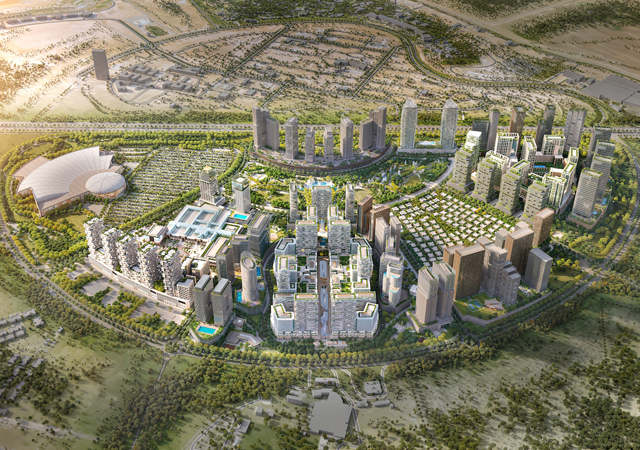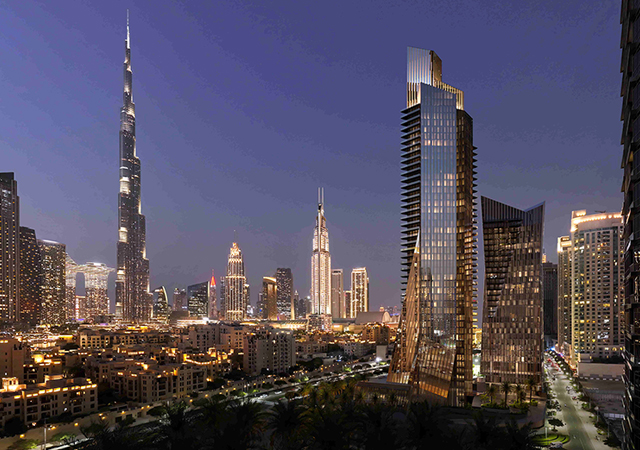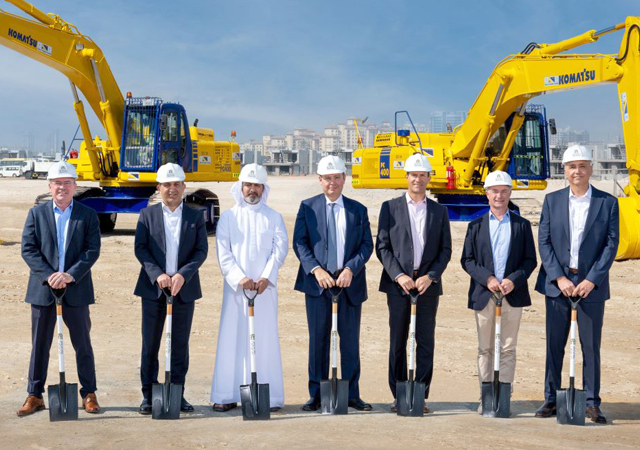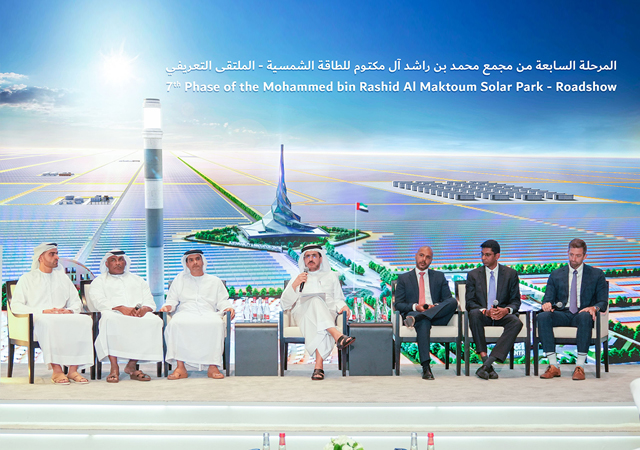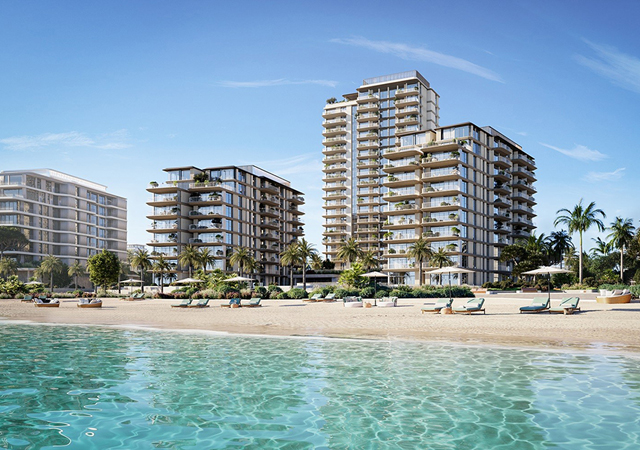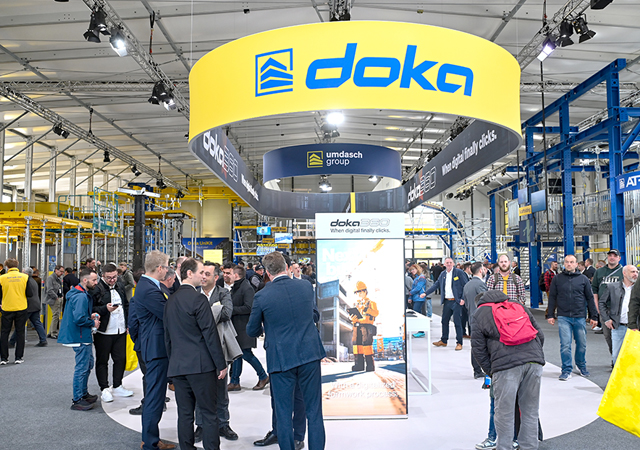
Raimondi Middle East has marked a region-wide milestone by deploying the highest climbed luffing jib crane at the construction site of a 75-storey premium residential building in Dubai.
Erected on an undercarriage, the Raimondi LR213 luffing jib crane, is currently operating at a significant height of 322 m with a 50m jib and a tip load of 3.30t.
To achieve this, substantial site planning was involved to use the existing undercarriage, a type of steel base, said a top official.
"With the deployment of the luffing LR213, Raimondi continues to demonstrate a presence on Dubai’s most relevant jobsites. This development underscores Raimondi’s steadfast commitment to innovative engineering and providing tailored solutions for the most demanding construction challenges," remarked Wael Hasan, General Manager, Raimondi Middle East.
The confined jobsite location, coupled with intricate technical challenges and contractor requirements, demanded a precision approach for machine deployment.
Tasked with replacing a previously installed crane after the building had already reached a height of 100 meters, the Raimondi team faced the complexity of working with a pre-existing foundation, he added.
Raimondi Middle East said the pre-existing foundation imposed restrictions on base loads, due to the existing raft and its maximum allowable limits.
Typically, crane foundations were designed based on reaction forces provided by the crane manufacturer; in this case, Raimondi’s engineers had to reverse the process, adapting the crane’s setup to comply with predetermined limits.
"To achieve this, we utilized a 6x6 base and progressively removed ballast blocks at each climbing stage, ensuring the base reaction remained within the studied allowable load limits," explained Hassan.
"This adjustment was critical for maintaining stability while adhering to the site’s structural limitations," he noted.
In addition, to fulfil client requirements and project specifications, the Raimondi Applications Department redesigned the load curve to accommodate lifting needs at a final height exceeding 300m, he stated.
Structurally, the crane was assembled using GR5S mast elements, incorporating two longer 11.8-meter sections and 100 smaller 2.95-meter segments. To stabilize the crane at its towering height, 12 bracings were installed.
One of the most challenging aspects of the deployment involved collar positioning, said Hassan.\
Site-specific requirements necessitated several revisions to collar placement, each involving extensive iterative calculations and detailed adjustments. This meticulous process required significant engineering expertise and many hours of precision work.
"The complexities of this deployment demanded an extraordinary level of innovation and adaptability, highlighting Raimondi’s expertise in addressing unconventional challenges," said Hasan.
"From redesigning the base configuration to recalibrating the collars, every step of the process reflected Raimondi technical proficiency and commitment to excellence," he stated.
With dismantling procedures expected to commence in the coming weeks, Raimondi Middle East operations team has planned the jack-down of the LR213-14t to 50m, after which the crane will be fully removed with the use of a mobile crane, he added.-TradeArabia News Service



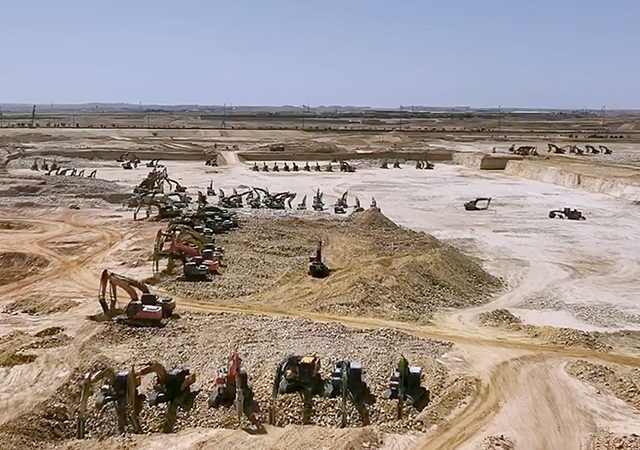
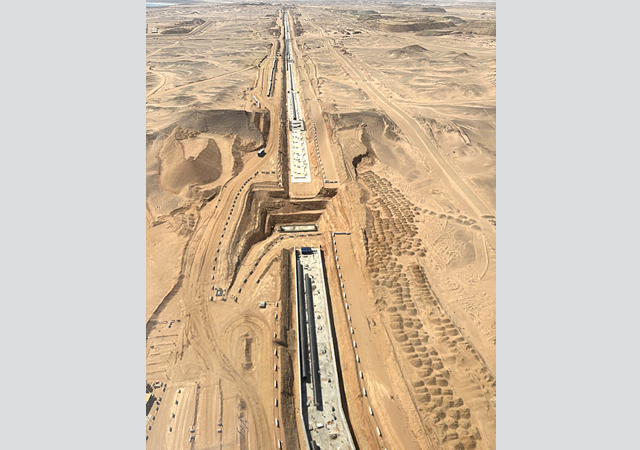

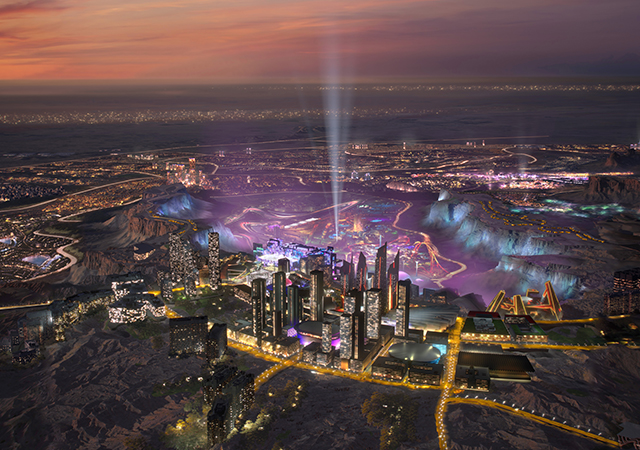

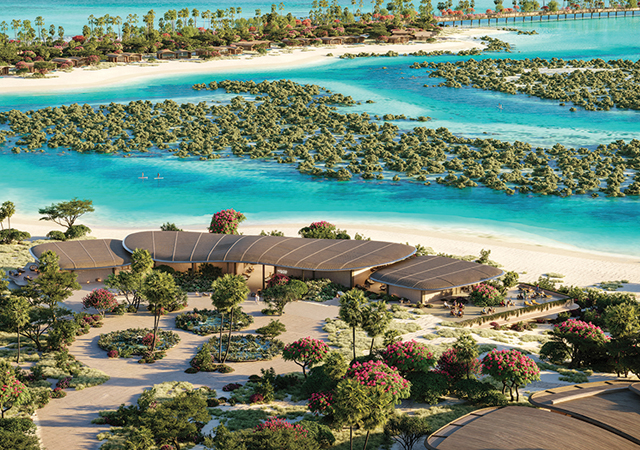

 BIG.jpg)
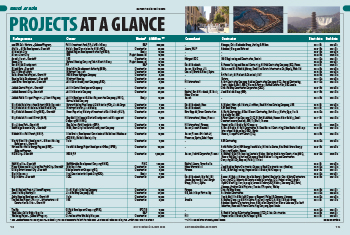
.jpg)
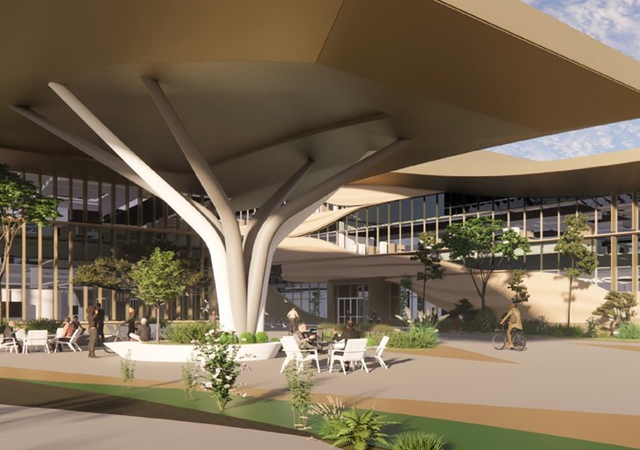
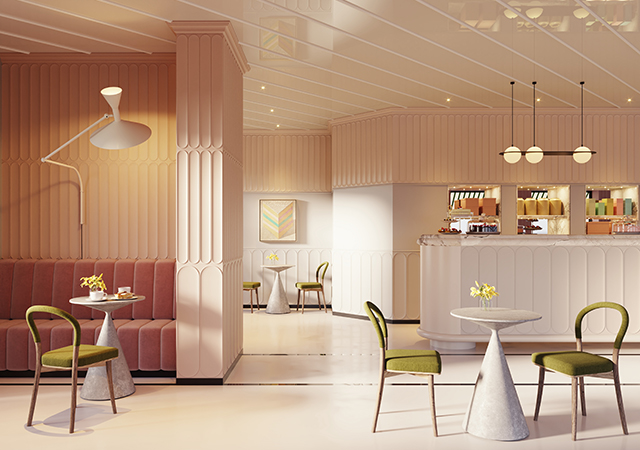
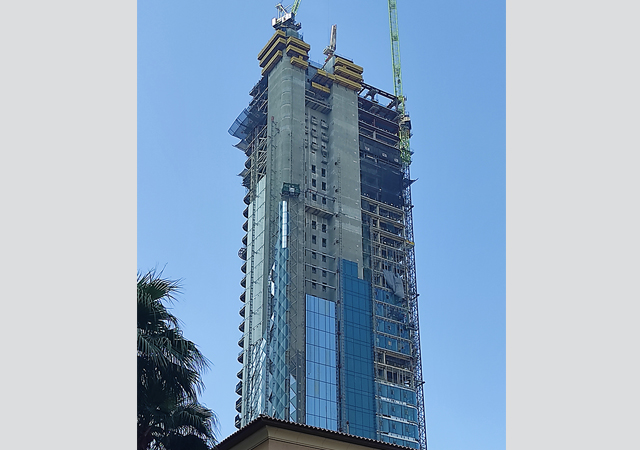
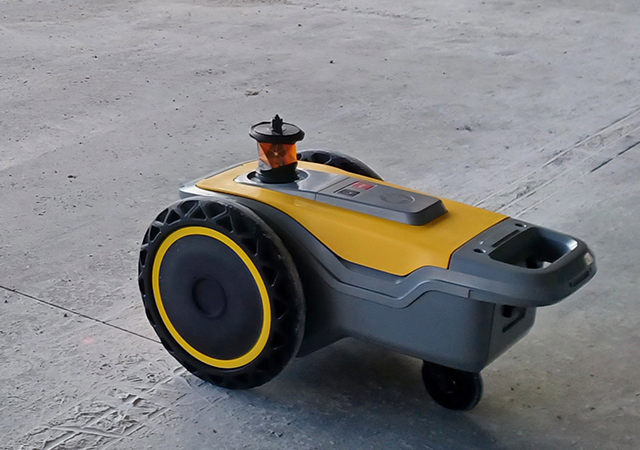
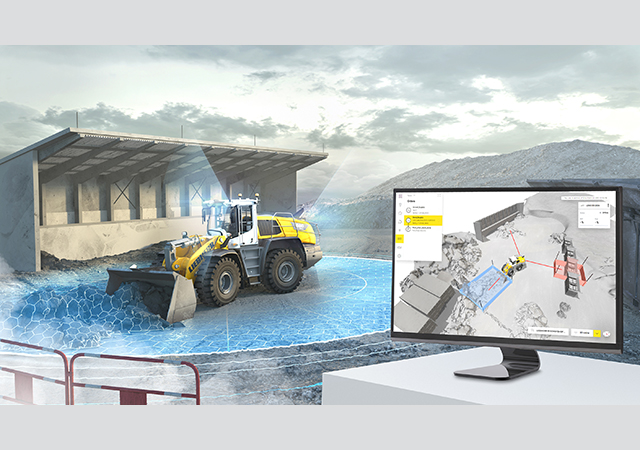

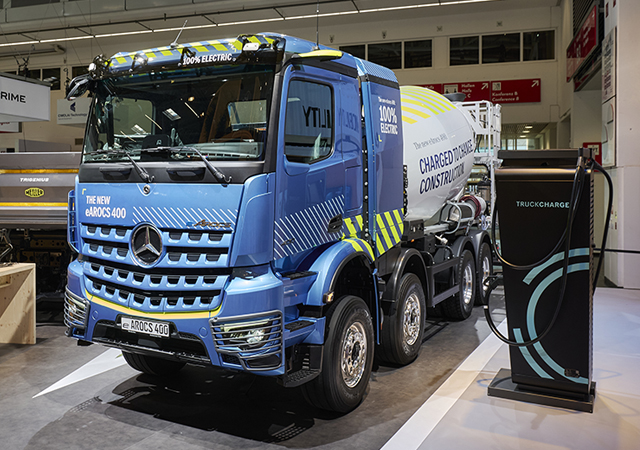

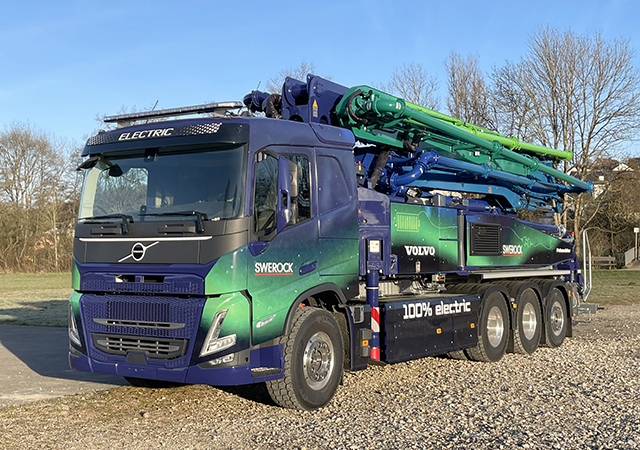

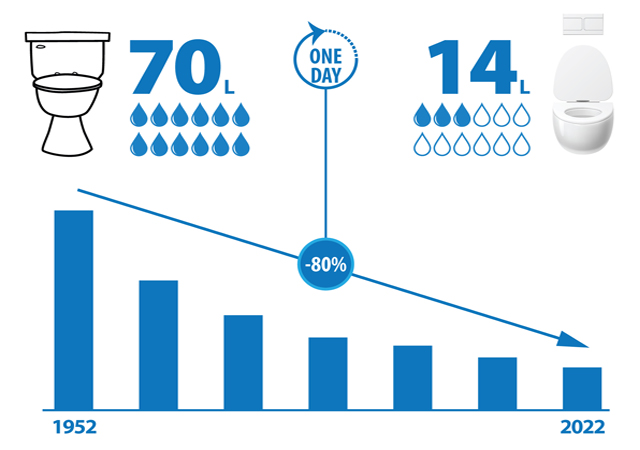


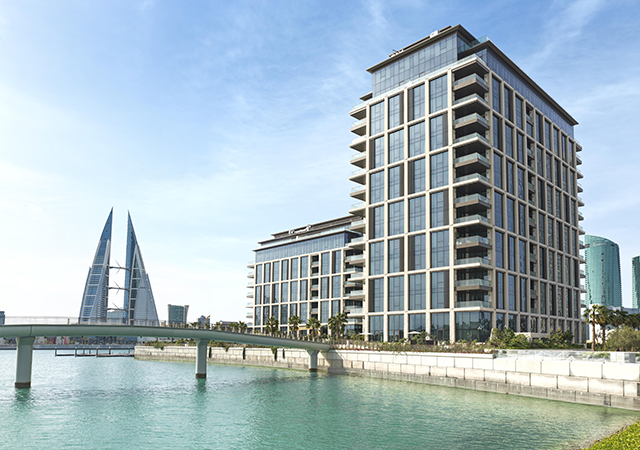
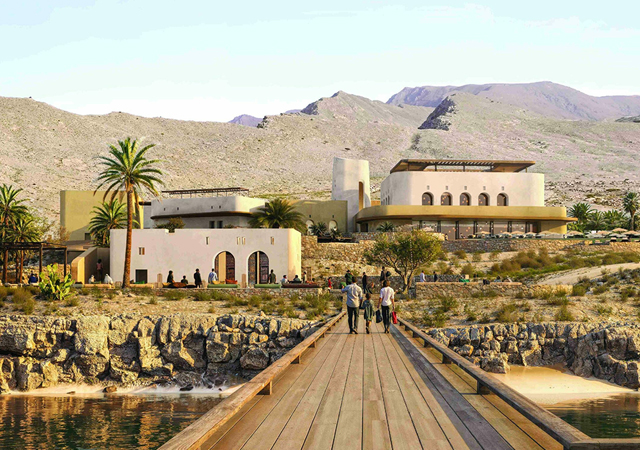


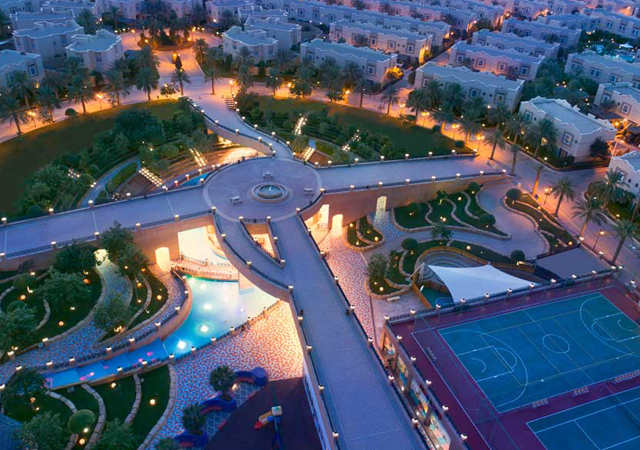
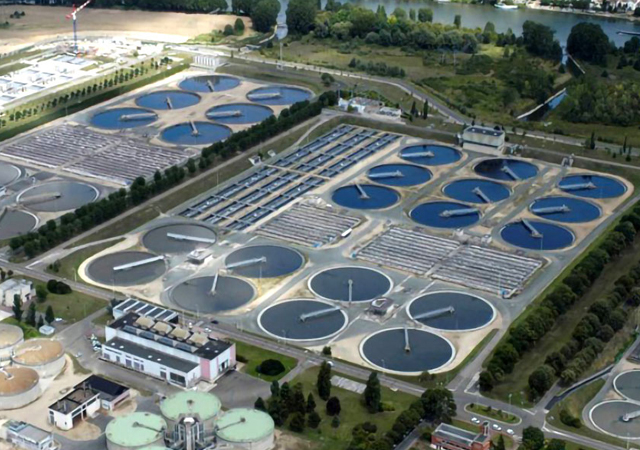
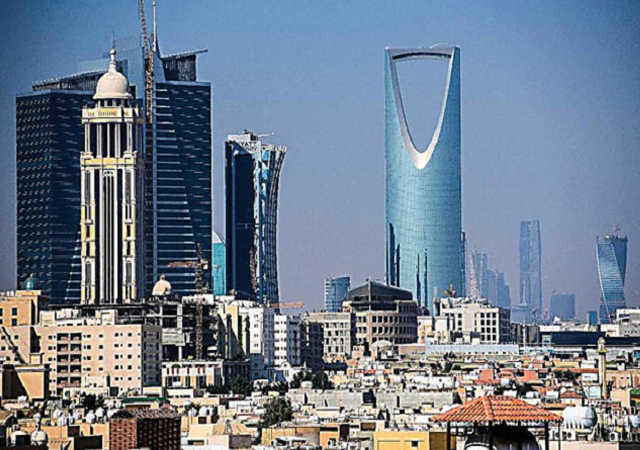

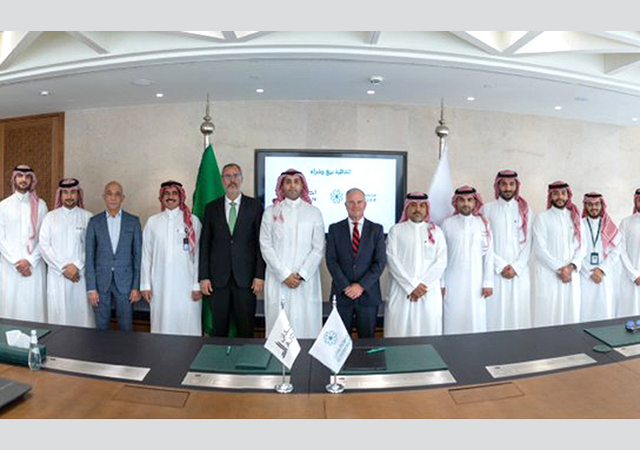
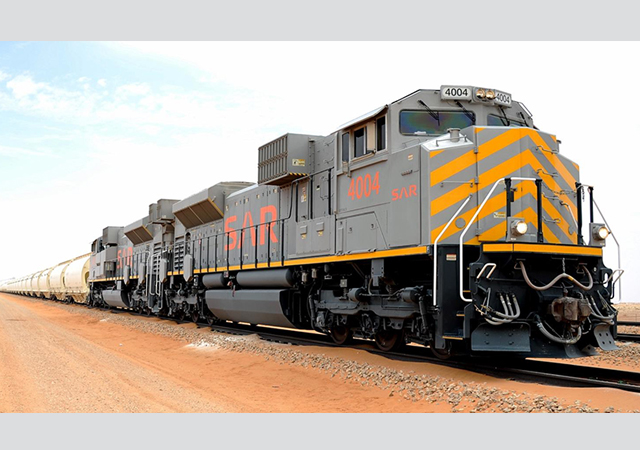
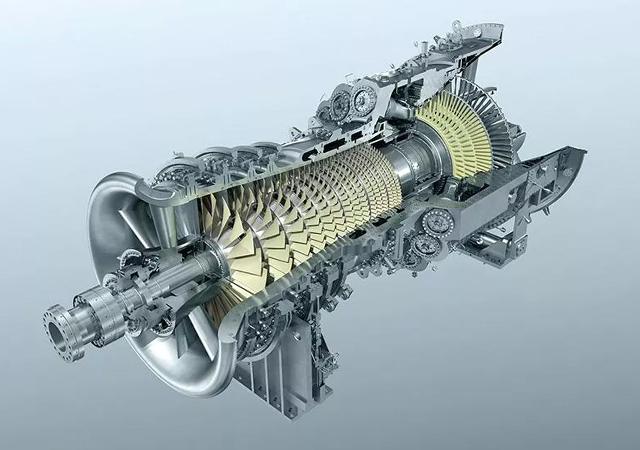

.jpg)
